Despite the name of Plottr’s “Take Off Your Pants” plot structure template, we hope you’ll feel free to remain fully clothed as you use it to map out your story.
Whether you feel like wearing pants or not (who are we to judge?), this plot structure template helps speed up the process of planning and writing for the author with limited time. It’s also great for those who want to publish a lot of stories. Let’s explore how it can help you.
What is the Take Off Your Pants Plot Structure?
This plot structure is based on the book Take Off Your Pants! Outline Your Books for Faster, Better Writing by Libbie Hawker, who also writes historical fiction under the name Olivia Hawker.
The Take Off Your Pants structure provides fourteen story beats that will help you craft your character and plot arcs and aid the writing process for you as an author, while also setting up satisfying stories for your readers.
Who is the Take Off Your Pants Plot Structure Template For?
As the title of Hawker’s book implies, this plot structure is for writers who want a framework that helps them write solid stories faster.
You may often hear that there are two kinds of fiction writers: plotters, who carefully plan out their stories and outlines in advance; and pantsers, who forego all outlining methods, preferring to “write by the seat of their pants.”
What’s attractive about the Take Off Your Pants plot structure is it’s useful if you fall somewhere in between: you want some method for capturing key details and keeping your writing on track, but you don’t want to expend a ton of time creating a story bible for every story.
This approach should serve writers of any genre, and you can add as much or as little detail as you want in this template.
Plot Points of the Take Off Your Pants Plot Structure
The Take Off Your Pants Plot Structure Template features fourteen story beats that take you from opening scene to satisfying ending.
Let’s examine these beats in detail:
Beat 1: Opening Scene
This first beat sets the stage for the story. Here, the protagonist is introduced, their ordinary world is depicted, and the protagonist’s flaw or the story’s theme is introduced.
Example: In the classic Disney fairy tale Snow White and the Seven Dwarfs, Snow White is introduced as a kind and beautiful princess who lives in a castle with her wicked stepmother, the queen.
Beat 2: Inciting Incident
This is the event that ultimately forces the protagonist out of their ordinary world and into an adventure or journey of transformation.
This section triggers the rest of the story by introducing a goal that must be achieved before the protagonist can return to the ordinary world.
Example: The queen’s magic mirror reveals that Snow White is now the fairest in the land, not the queen, which enrages the queen. She commands her huntsman to take Snow White into the woods and kill her.
Beat 3: Character Realizes Goal
The protagonist realizes what their external goal is and decides if they will go after it or not. An external goal could be a job promotion, the pursuit of a love interest, or the acquisition of a particular item or piece of knowledge. There may be a false belief or a character flaw, however, that prevents them from immediately pursuing their goal.
Example: After the huntsman tells Snow White to flee and never come back, she stumbles through the forest while trying to find a safe place to stay. She finds a cute little cottage.
Beat 4: Display of Flaw
If not already introduced, use this beat to show your protagonist’s character flaw. If you’ve already introduced the theme of it, take some time to expand upon it.
This flaw is what will be resolved by the end of the story, so to get your readers invested in that journey, you’ll want to clearly show why this flaw matters and how it impacts your character.
Example: Despite knowing the queen is after her, Snow White is shown to be naive, particularly with regard to danger to herself. This is shown by how, when no one answers the door at the cottage, she simply goes inside and makes herself at home, even going to sleep.
Beat 5: Drive for Goal
The protagonist takes up the challenge presented by Beat 2’s inciting incident and makes their first attempt at reaching their goal.
They are still uncomfortable with their new pursuit, however, leading to missteps and failures. These are learning opportunities for the protagonist and help in their transformation.
Example: Snow White cleans the messy little cottage in the hope that whoever lives there will let her stay. When the dwarfs find her and she’s in danger of being made to leave, she begs them to not make her go because the queen will kill her.
Beat 6: Antagonist Revealed
The protagonist, presented with trials and obstacles in their new world, now meets or becomes aware of the antagonist for the first time. This raises the stakes and tension in the story while introducing the power and threat of the antagonist.
Example: The queen decides to take her desire to kill Snow White into her own hands when she finds out the huntsman didn’t get the job done. The queen dresses herself as an old peddler woman and heads to the dwarfs’ cottage with a poison apple for Snow White.
Beat 7: Goal Thwarted
The protagonist is gaining confidence and suffering a few defeats along the way, but they are close to reaching their goal — close, but not successful. In Beat 7, something happens to thwart their attempt at success. The protagonist is overwhelmed by this new world and is left in a low place, doubting their abilities.
Example: The wicked queen arrives at the cottage and chats with Snow White about the pies she is making. Knowing that Snow White had previously seen the prince and likes him, the queen tells her that apple pies are the best way to attract a man. The nearby birds, sensing that Snow White is in danger, attack the queen.
Beat 8: Revisiting the Flaw
Suffering a defeat, the protagonist regresses back into their character flaw. They are not yet aware that the flaw is an issue, but that will become apparent as the consequences of this regression emerge.
Example: Though the dwarfs have warned Snow White about how the queen is adept at wicked tricks, she allows the old peddler woman to come inside the cottage to recover from the bird attack.
Beat 9: Repeat the Cycle
The protagonist develops a new plan to reach their goal. The antagonist surprises the protagonist and makes things worse, causing the protagonist to fail, and forcing the protagonist to develop a new plan. Repeat.
Example: The queen tries a new way to get Snow White to take a bite of the poison apple, telling her that it’s a magic apple that will make all her dreams come true. Thinking of how she wants to be with the prince and how she wants to be free of the threat of the queen killing her, Show White takes a bite of the apple and collapses.
Beat 10: Ally Assistance
The protagonist has gone through trials and losses and has entered a dark place. Generally, by this point, they are at their lowest and need a confidence boost or a reminder of why they are capable and what they are fighting for.
A visit with an ally aids or gives advice that finally changes the protagonist. This is often a “you had it in you the whole time” moment, or the moment an existing object is found to have previously unknown power.
Example: Unable to warn Snow White of the danger she’s in, the woodland animals rush to the dwarfs’ diamond mine to get help. When they realize who the peddler woman must be, they rush back to the cottage.
Beat 11: Girding the Loins
The antagonist is at their most powerful by this point in your story, and stakes are at their highest. An event occurs which changes the protagonist’s perspective, switching them from reaction to action. This event changes the protagonist’s mental state and makes them realize how to stop the antagonist.
Make this beat a major turning point in your plot.
Example: The wicked queen has defeated Snow White, convinced that no one will ever be able to break the spell and wake Snow White with true love’s first kiss. This assures the queen that she is once again the fairest of them all.
Beat 12: Battle
It’s the final showdown and the biggest test of the protagonist. The protagonist and antagonist confront each other in a dramatic face-off, and the protagonist must use all they have learned along the way to achieve their goal.
The stakes are at their highest; in fact, the fate of the entire world may hang in the balance. Make it impactful. This is the moment the reader has been waiting for.
Example: Since Snow White is under the spell that makes her seem dead, she isn’t able to take part in the final battle with the wicked queen. But the dwarfs, believing the queen has killed Snow White, chase the queen to the edge of a cliff. Here, lightning breaks off the edge of the cliff and the queen falls to her death.
Beat 13: Death (of Character Flaw)
The protagonist finally transforms, leaving their old self and character flaw behind, to achieve their goal and emerge victorious over the antagonist.
The antagonist may be defeated, driven off to fight another day, or captured. The protagonist may need to sacrifice something important to win — perhaps even making the ultimate sacrifice.
Example: The prince hears of a fair maiden in a glass coffin and comes to give her a kiss. This wakes Snow White, who realizes how her naivete almost led to her death and that it’s her prince who woke her. Through the help of her friends, the dwarfs, she is now free of the threat posed by the wicked queen.
Beat 14: Outcome (New World)
At the close of your story, the protagonist is victorious and transformed as they return to their ordinary world with a new perspective. This concludes the story and character arc and confirms the overall theme of the story.
Example: Snow White and the prince are married and live happily ever after.
How to Use the Take Off Your Pants Template in Plottr
Be sure to get set up with Plottr so you can jump right in. Get started with a Plottr plan or you can sign up for a free Plottr trial to start.
Once you’re ready, follow these easy steps to use the Take Off Your Pants plot structure template:
- Step 1: From the Plottr dashboard, under files, click Create from Template
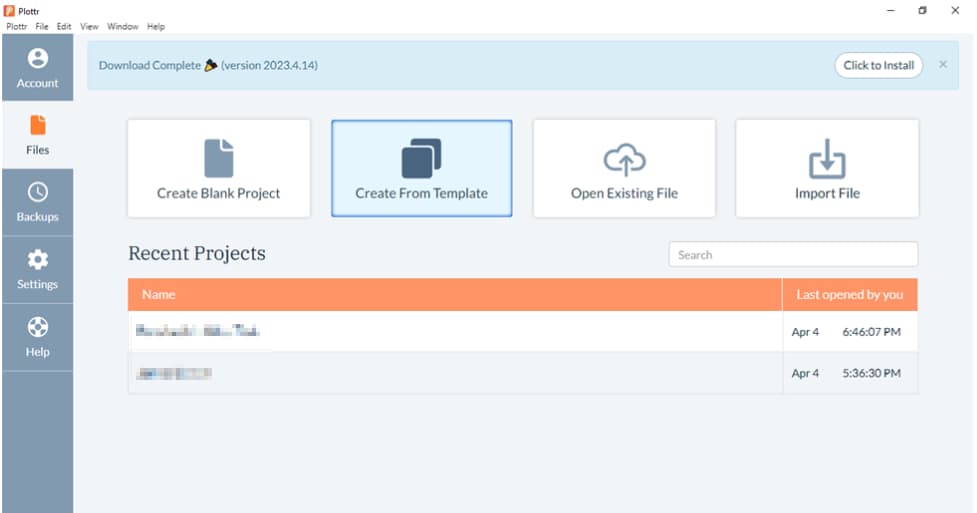
- Step 2: Choose the Take Off Your Pants template from the list of templates that appears, then click Create New Project
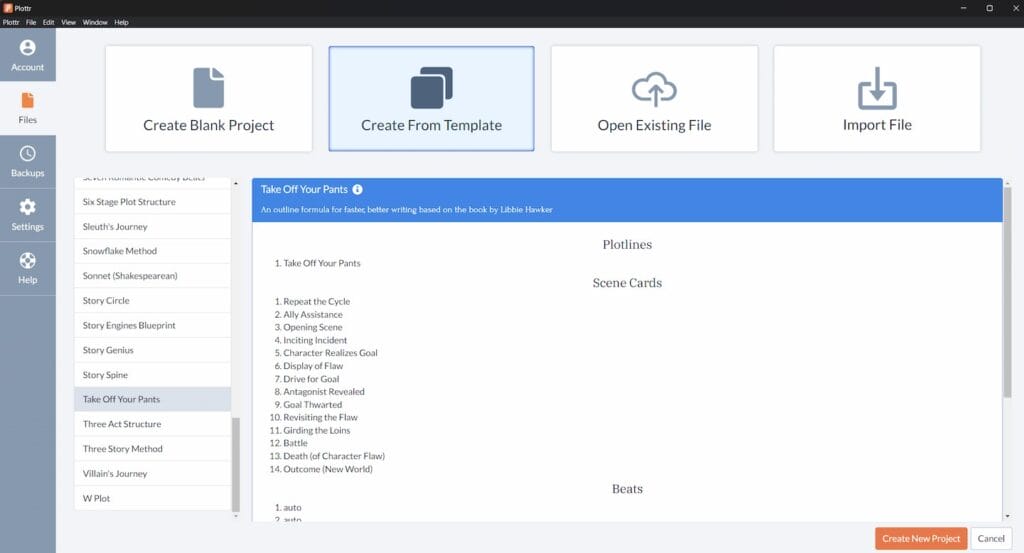
- Step 3: Give your project a name and save it, so you can access it from your Plottr dashboard later. You will see this template’s timeline next:
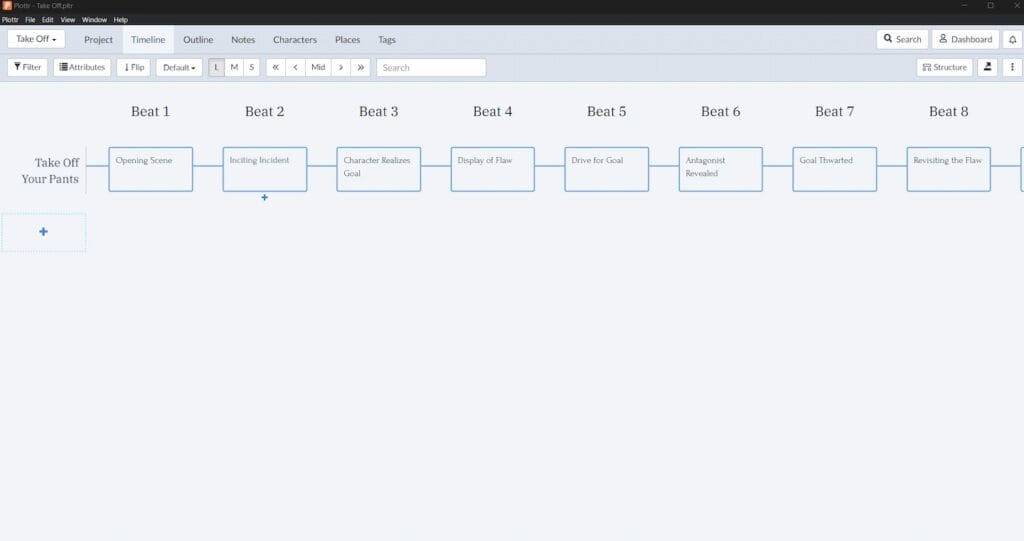
- Step 4: Click on any of the beats’ scene cards to read the guidelines for that beat (you can save over or keep these) and add your ideas
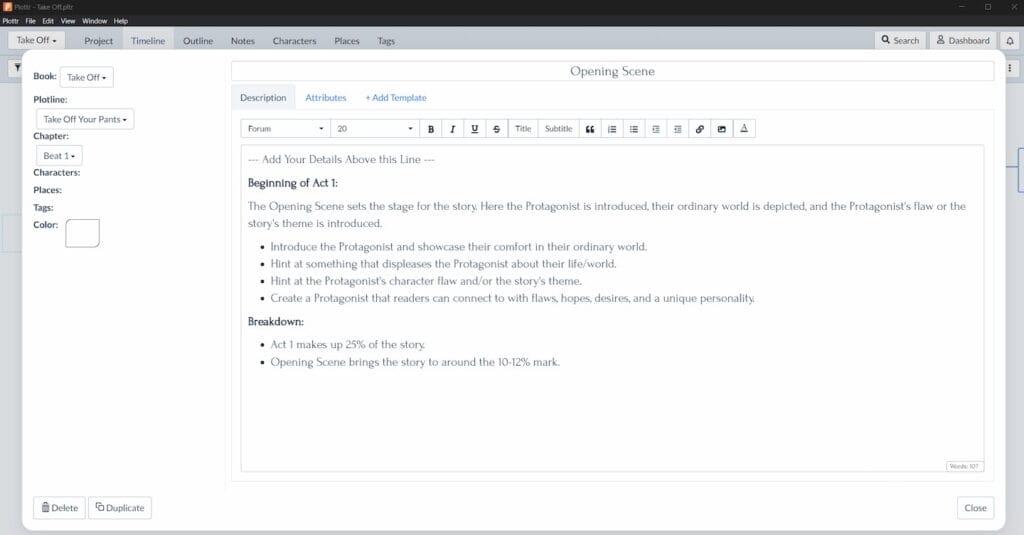
Plot templates in Plottr work together well. If you want to create a secondary plotline or subplot, just click + below your existing plotline, then Use Template. This method goes well with these other plot structures:
Work Smarter, Not Harder
Take your stories from idea to finished draft quicker and easier with the Take Off Your Pants Plot Structure Template.
Give it a go with a free Plottr trial. Comment below and share how this structure or your favorite Plottr template works for you.
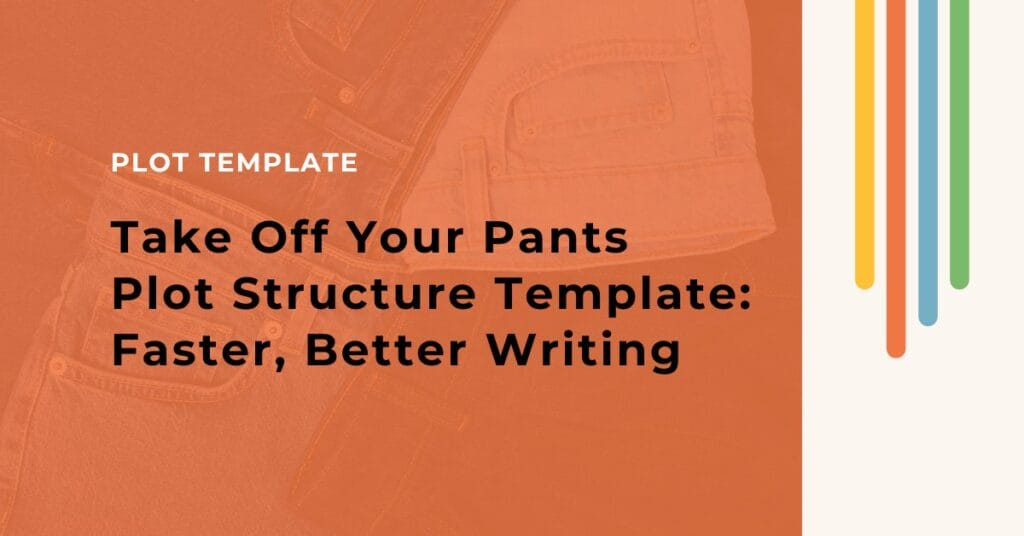
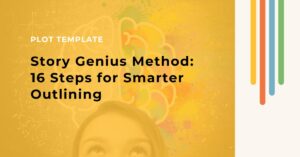
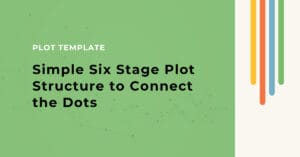
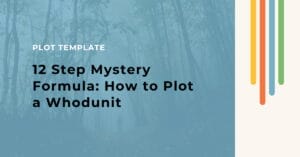




Comments